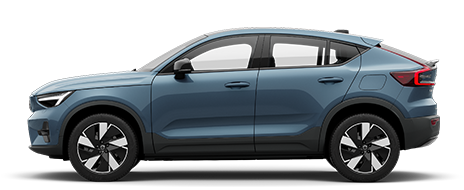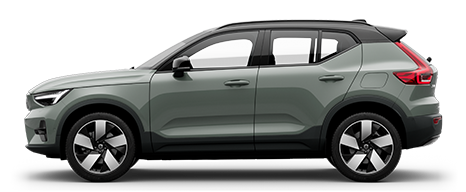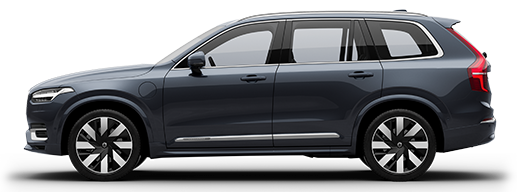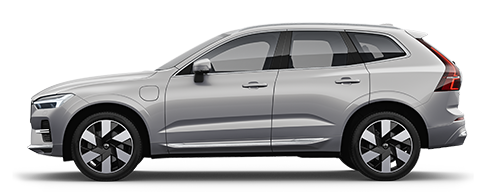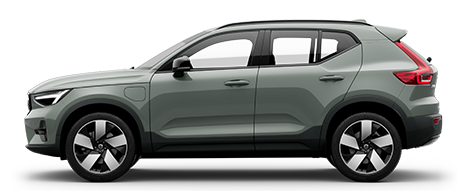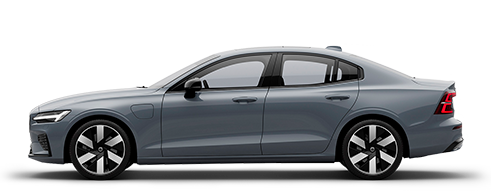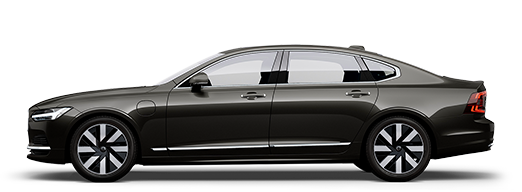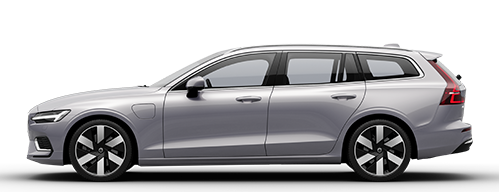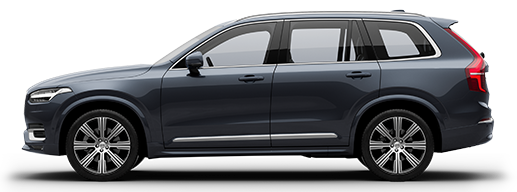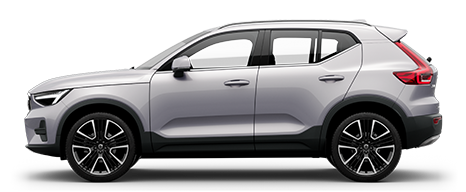Charging current
When the charging cable is activated, the driver display shows a message and a lamp is illuminated in the car's charging input socket (see section "Charge status"). The charging current is mainly used for battery charging, but is also used for preconditioning the car.
Important
Never unplug the charging cable from the 230 VAC socket while charging is in progress - there is then a risk of damaging the 230 VAC socket.
Always stop charging first before unplugging the charging cable from the car's charging socket and then from the 230 VAC-socket.
Charging time varies with the amperage setting on the control unit. The following charging times apply to optimal charging, i.e. when no climate control function or other load is affecting charging. If charging time seems long, it should be investigated.
| Current intensity (A)2 | Charging time (hours) |
|---|---|
| 6 | 6 |
| 10 | 3.5 |
| 16 | 2,5 |
Note
- If the weather is very hot or very cold, some of the charging current is used to heat/cool the hybrid battery and the passenger compartment, which results in a longer charging time.
- The charging time is extended if preconditioning has been selected. The time required depends mainly on the outside temperature.
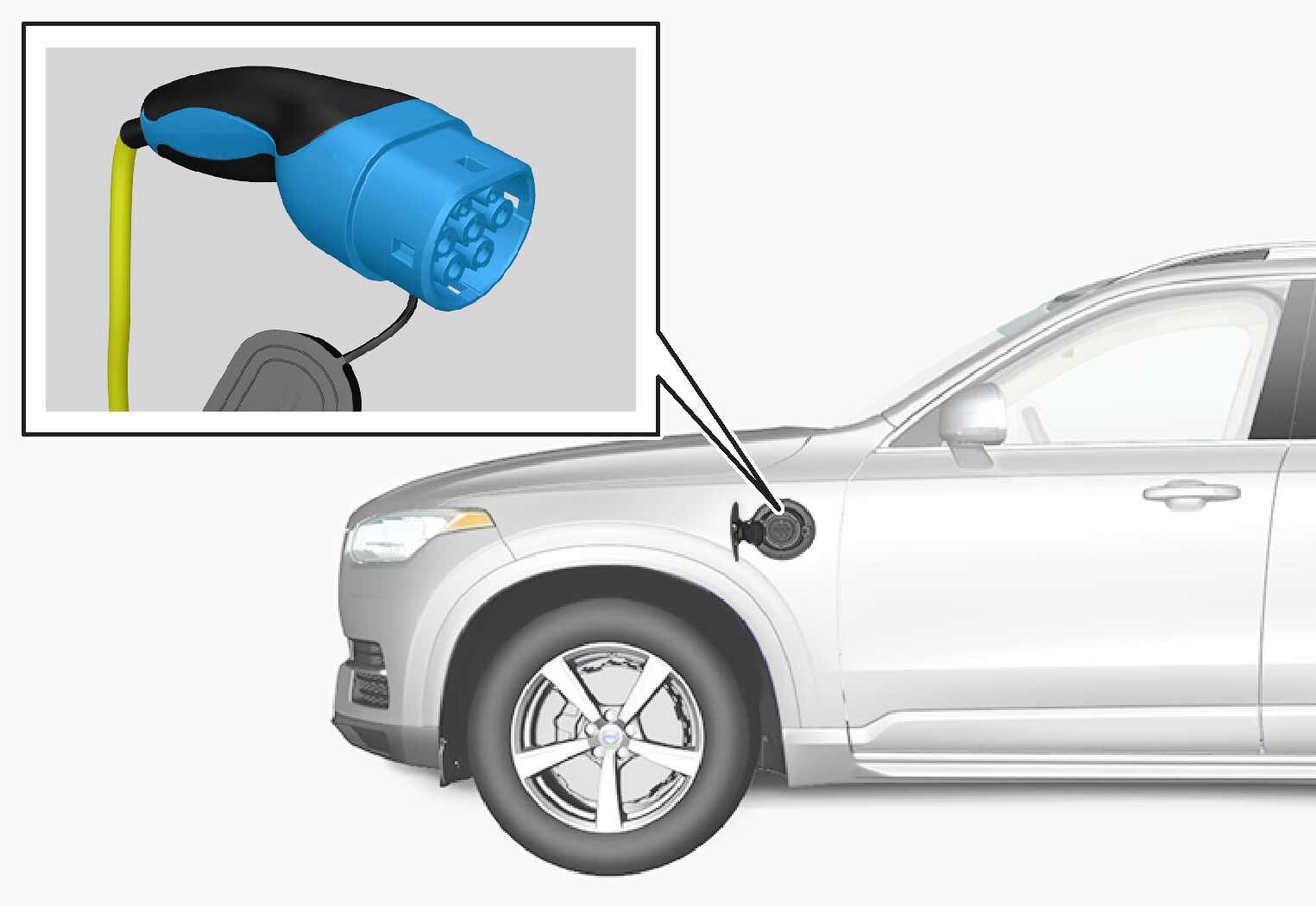
Normally several 230 VAC consumers are included in a fuse circuit, so additional consumers (e.g. lighting, vacuum cleaner, electric drill, etc.) can be on the same fuse.
Example 1
If the car is connected to a 230 VAC/10 A socket and the control unit is set at 16 A, then the car will attempt to draw 16 A from the 230 VAC mains power circuit - after a while the overloaded 10 A fuse for the socket will be tripped and battery charging stopped.
In which case, reset the fuse for the socket and select a lower charging current on the control unit, see section "Preparation for charging the hybrid battery".
Example 2
If the car is connected to a 230 VAC/10 A socket and the control unit is set at 10 A, then the car will draw 10 A from the 230 VAC mains power circuit. If additional consumers are connected to the same socket (or another socket in the same fuse circuit) then there is a risk that the fuse for the socket/fuse socket will be overloaded and triggered, at which point battery charging is stopped.
In such cases, reset the fuse for the socket/fuse circuit and select a lower charging current on the control unit - or disconnect other consumers from the socket/fuse circuit.
Example 3
If the car is connected to a 230 VAC/10 A socket and the control unit is set at 6 A, then the car will only draw 6 A from the 230 VAC mains power circuit. Battery charging will of course take longer, but then additional consumers can be connected at the same time to the same socket/fuse circuit as long as the total load does not exceed the capacity of the socket/fuse circuit.
